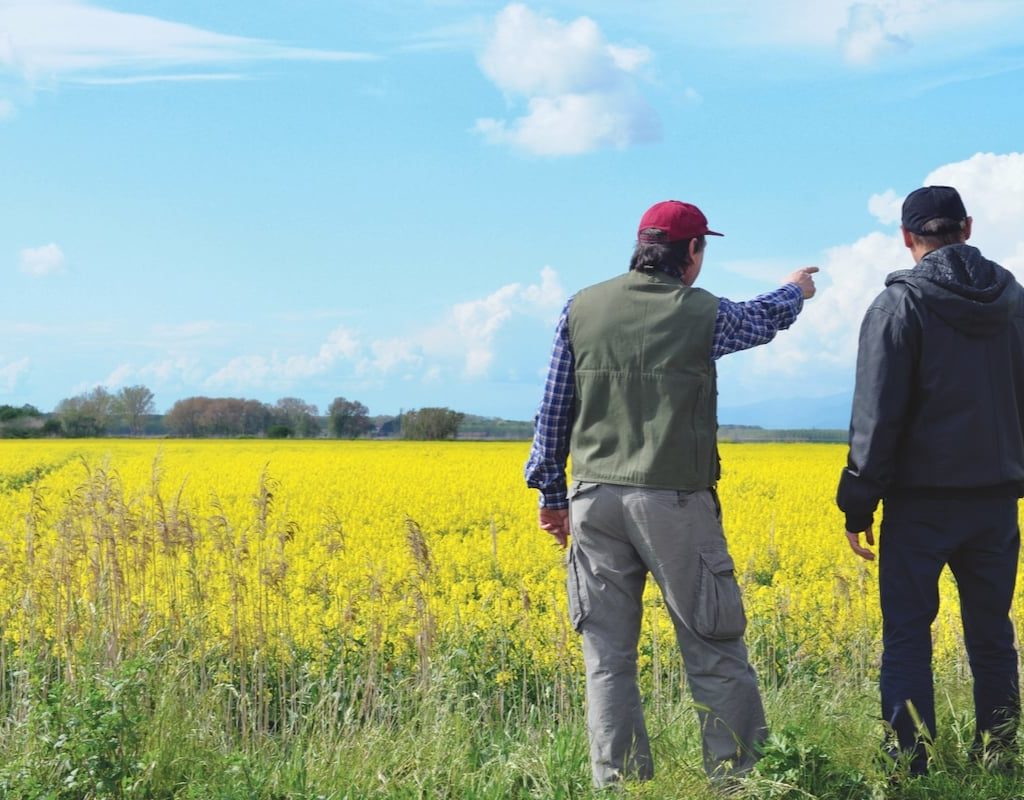The farmer’s playbook
Consider these plays to arrive, thrive and survive in 2025
By Evan Shout
| 4 min read

'The future belongs to those that see the possibilities before they become opportunities.' – Danny Klinefelter. Photo: Getty Images
Glacier FarmMedia – Walmart turns over its on-shelf inventory 9.4 times every calendar year.
But farmers only get one kick at the can. In fact, it has been said that over a farmer’s career many will only hit a home run about seven times. That means the variance for errors is very small, and the planning component in agriculture is very large.
Last year’s “could of, should of and would of” are no longer relevant. So, what is your playbook going into this year’s crop?
Never waste a crisis
Danny Klinefelter, a former professor of ag economics at Texas A&M, said, “The future belongs to those that see the possibilities before they become opportunities.”
If you ask any farmer, opportunities don’t come when everybody is making money, they come when most are not.
Moving into the 2025 crop year, I would say that “pessimistic” is the best way to describe the mood at most of the crop shows I’ve attended. People are worried, and rightly so, about commodity markets, the lingering drought conditions, and the current tariff situation surrounding multiple countries. For many, the glass seems half empty.
However, those who see the glass half full will take advantage. For example, land opportunities, rental or collaboration agreements and a declining used machinery market might all be considered as opportunities for growth. For many producers, the ability to sustain or grow during down cycles is how you create a competitive advantage.
I believe 2025 is the time to create your playbook.
Hit to get on base
The best players in baseball were not homerun hitters. The homerun hitters may have been the flashiest, or most iconic, but they were not the best in terms of statistics. As it relates to grain marketing, you will always remember that one time you gambled right and got the highest price, but it is all the other times that you sold at a profit that matter.
In the coming year “volatility” will be the most used phrase in agriculture. With the rising cost of production, large geopolitical occurrences and current tariff negotiations, expect up and down markets. The goal should be to get on base, to book a profit. Know your cost of production, don’t wait for the high, don’t wait for the low, just play the game as it was meant to be played.
Cut the fat, keep the muscle
The professional term is “lean management” and for most of us that means cutting costs. In an industry where we are price takers, sometimes moving the top line number is difficult. This is where true farm management becomes an asset; that is, where and when you can identify strategic areas to lower or eliminate costs when a down cycle occurs.
Not all costs are created equal. Cutting back on crop inputs or crop insurance can have dire effects on the top line, which is not a solution. Cut out the snake oil: trust your soil analysis and agronomic professionals and swing for the fences with a backstop of insurance. Machinery, overhead and infrastructure are a much easier space to cut costs.
And “iron disease” is a real affliction in agriculture, so get help before it’s too late.
Get out of the gap
Take a piece of paper and write on it “2033.” This is the year that the average age of baby boomers will meet the average life expectancy (with slight deviations between males and females). Overall, it tells us a story that within the next decade a large majority of farm operations will start to see health or succession as a “real” issue.
Without going down the rabbit hole, it is imperative that you have a plan. Is there an exit strategy, a transition strategy, or are you going to put your head in the sand? The gap is real and right now many farms in both Canada and the U.S. are in it. Until we figure out how to strategize the largest ever wealth transfer in agriculture, you have work to do.
A playbook is not written in stone. Much like sports, when you get up to the line of scrimmage you can always change the play.
The lesson is to have something written down as a starting point. If we could predict the future all of us would have bought a lot more land growing up in primary producer agriculture. That ship has sailed. So, how do you plan to thrive or survive in the coming year?
– This article was originally published in the April 2025 issue of Country Guide.


